Under Antarctic ice lies a hidden landscape
Climate change may reveal it over time

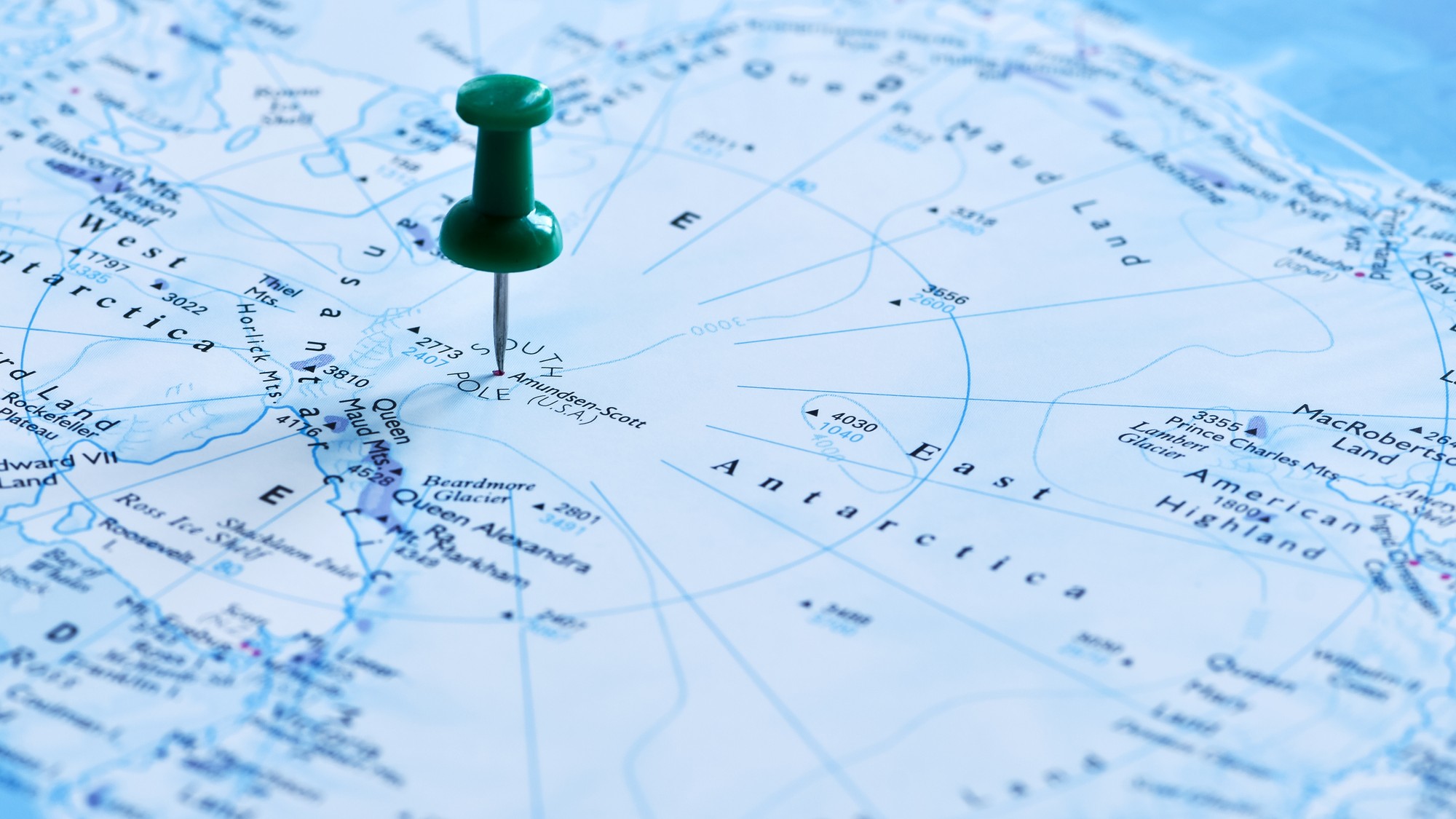
Below the Antarctic ice lies an "unmodified" landscape that has been preserved "despite millions of years of ice cover," according to a new study published in the journal Nature Communications. The East Antarctic Ice Sheet (EAIS) covers 12,000 square miles, and frozen under the surface is a "landscape of hills and valleys carved by ancient rivers," AFP reported. "It is an undiscovered landscape — no one's laid eyes on it," said Stewart Jamieson, a glaciologist at Durham University and the lead author of the study. "What is exciting is that it's been hiding there in plain sight."
Scientists discovered the area by "trac[ing] out the valleys and ridges" using existing satellite images of the region, Jamieson said, along with a technique called radio-echo sounding, which is when a plane flies overhead and sends radio waves into the ice to analyze the echoes. "Given this discovery of an ancient landscape hidden in plain sight, and that of others, we propose that there will be other similar, as yet undiscovered, ancient landscapes beneath the EAIS," the study noted.
Climate change has been slowly melting the EAIC, and that could eventually reveal the landscape that has been buried beneath for between 14 million to 34 million years, according to the researchers. Experts posit that before it was frozen in ice, the land had a "climate similar to modern-day southern South America," with evidence of palm trees and other tropical vegetation, ABC News reported. "We understand the Moon better than East Antarctica," University of Tasmania polar scientist Matt King, an expert on melting Antarctic ice, said last year. "So, we don't yet fully understand the climate risks that will emerge from this area."
The Week
Escape your echo chamber. Get the facts behind the news, plus analysis from multiple perspectives.

Sign up for The Week's Free Newsletters
From our morning news briefing to a weekly Good News Newsletter, get the best of The Week delivered directly to your inbox.
From our morning news briefing to a weekly Good News Newsletter, get the best of The Week delivered directly to your inbox.
A free daily email with the biggest news stories of the day – and the best features from TheWeek.com
Devika Rao has worked as a staff writer at The Week since 2022, covering science, the environment, climate and business. She previously worked as a policy associate for a nonprofit organization advocating for environmental action from a business perspective.
-
 Political cartoons for January 4
Political cartoons for January 4Cartoons Sunday's political cartoons include a resolution to learn a new language, and new names in Hades and on battleships
-
 The ultimate films of 2025 by genre
The ultimate films of 2025 by genreThe Week Recommends From comedies to thrillers, documentaries to animations, 2025 featured some unforgettable film moments
-
 Political cartoons for January 3
Political cartoons for January 3Cartoons Saturday's political cartoons include citizen journalists, self-reflective AI, and Donald Trump's transparency
-
 Environment breakthroughs of 2025
Environment breakthroughs of 2025In Depth Progress was made this year on carbon dioxide tracking, food waste upcycling, sodium batteries, microplastic monitoring and green concrete
-
 Crest falling: Mount Rainier and 4 other mountains are losing height
Crest falling: Mount Rainier and 4 other mountains are losing heightUnder the radar Its peak elevation is approximately 20 feet lower than it once was
-
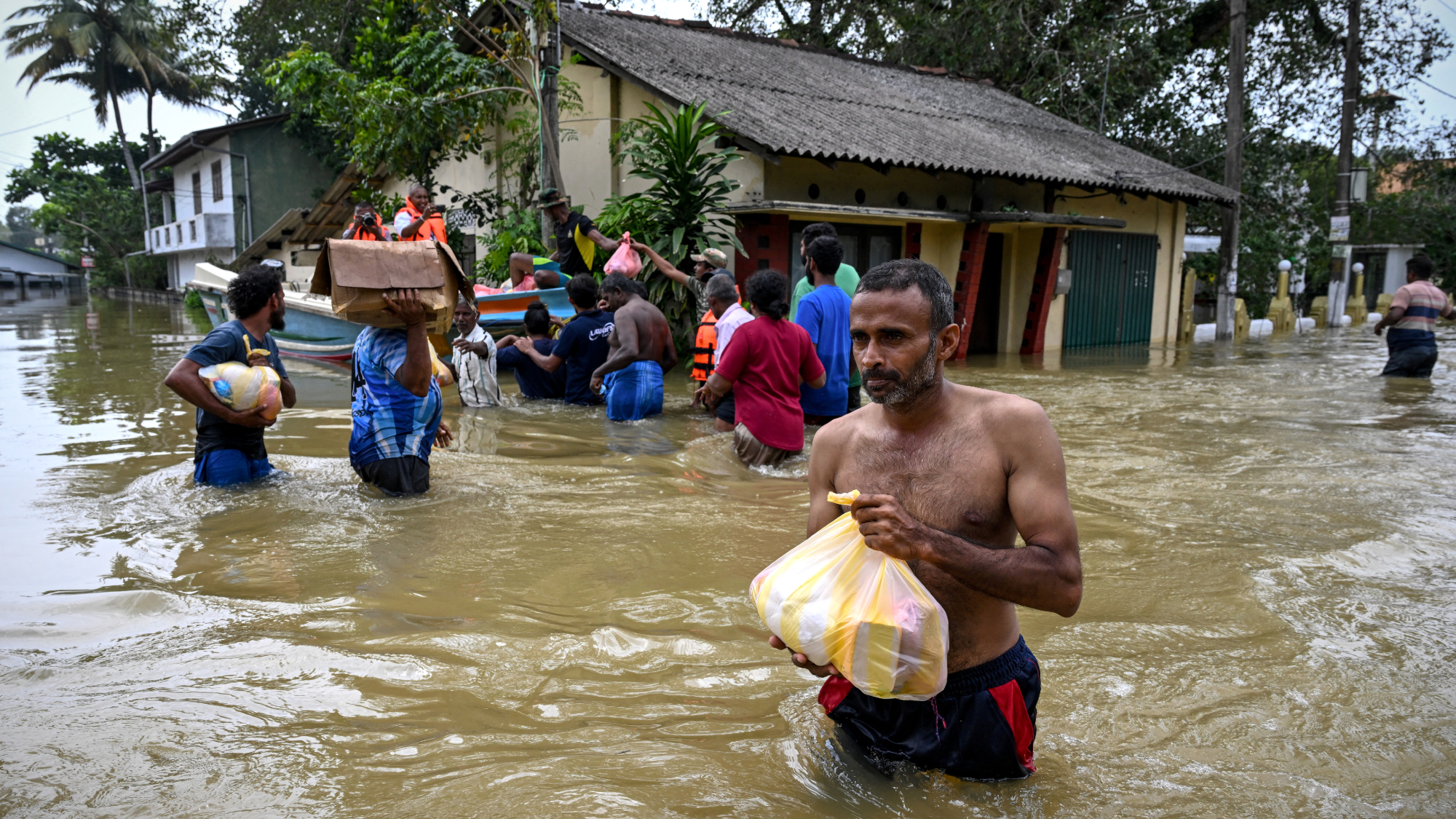 Death toll from Southeast Asia storms tops 1,000
Death toll from Southeast Asia storms tops 1,000speed read Catastrophic floods and landslides have struck Sri Lanka, Indonesia, Thailand and Malaysia
-
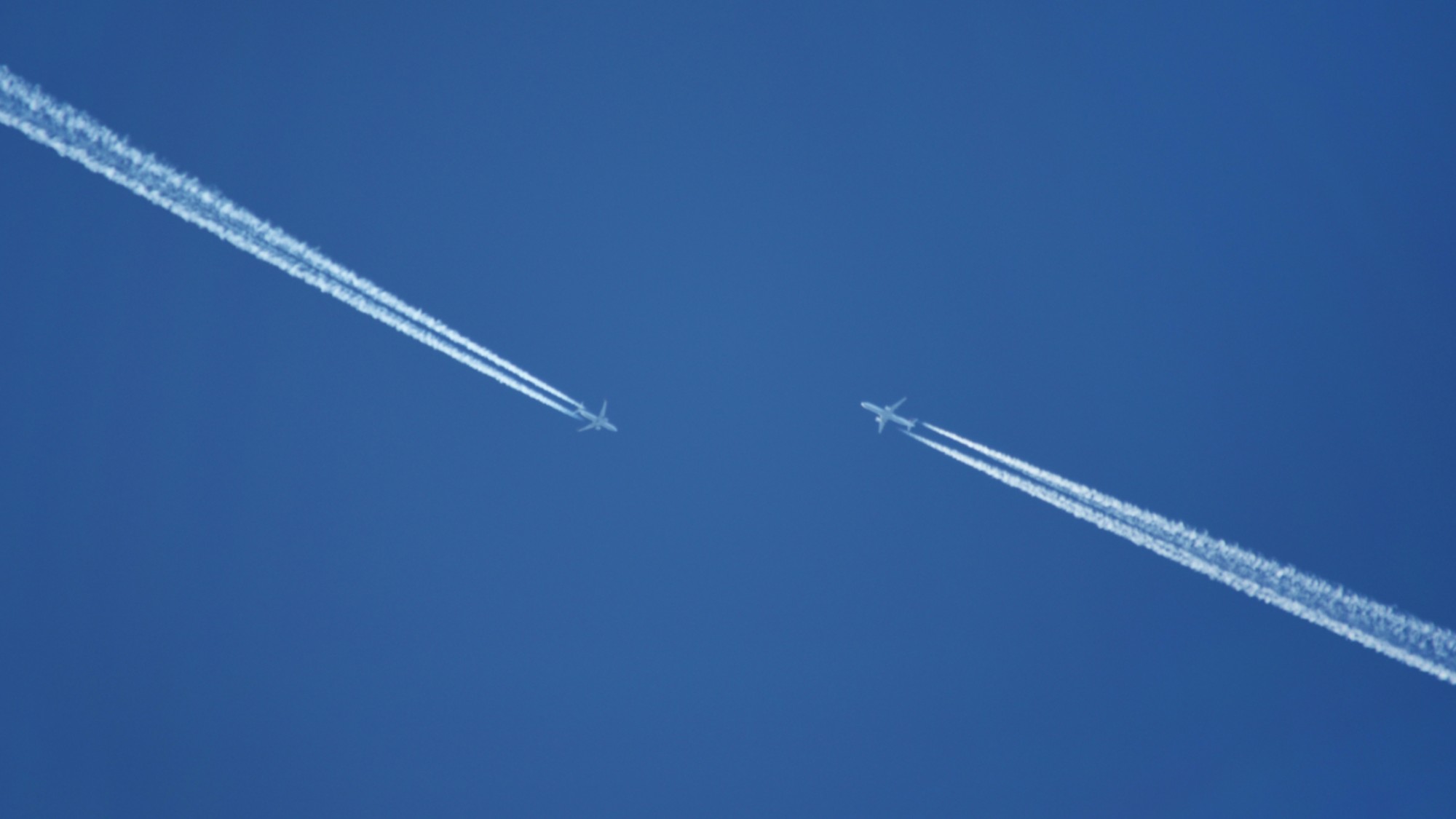 Can for-profit geoengineering put a pause on climate change?
Can for-profit geoengineering put a pause on climate change?In the Spotlight Stardust Solutions wants to dim the sun. Scientists are worried.
-
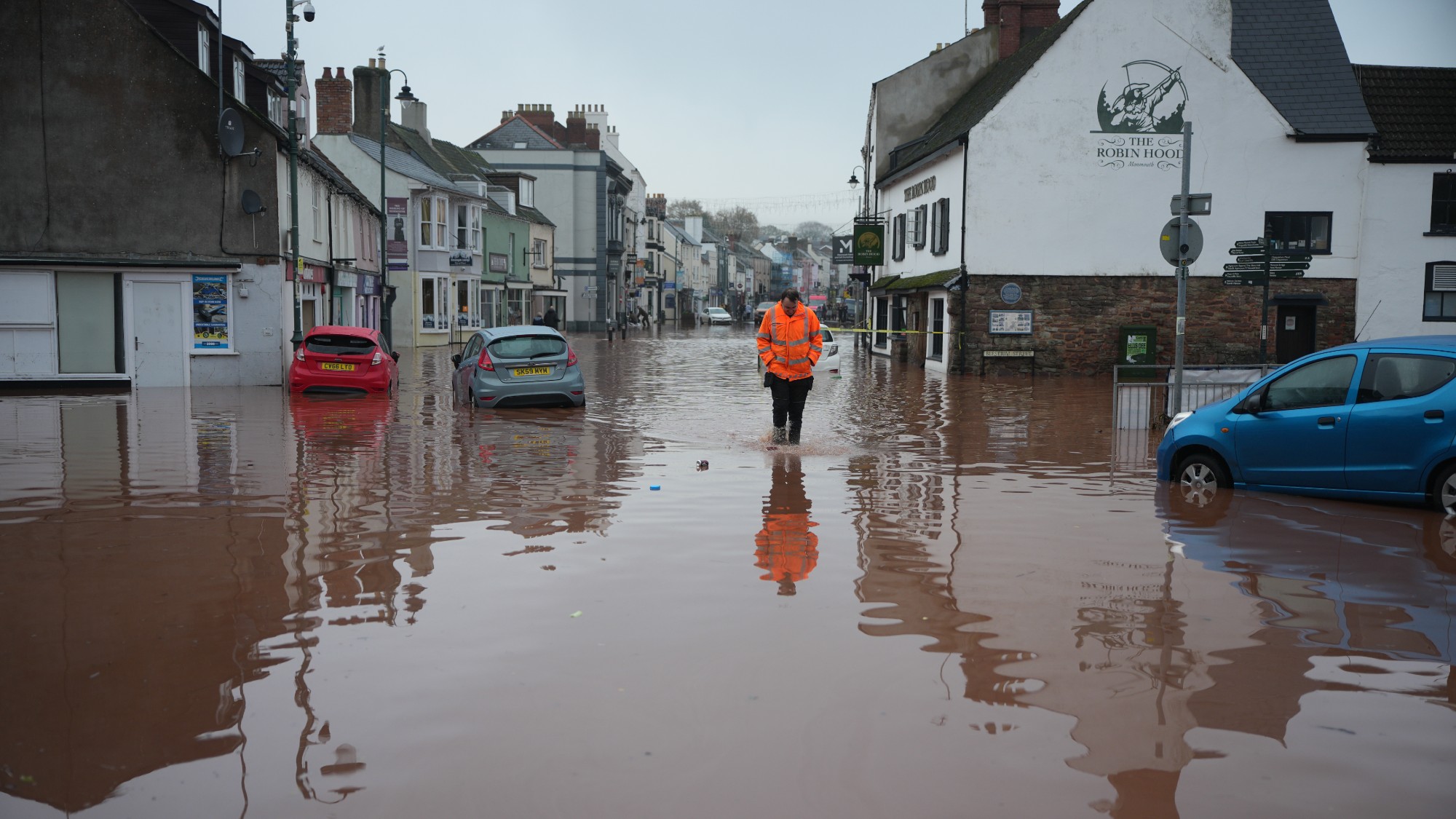 How will climate change affect the UK?
How will climate change affect the UK?The Explainer Met Office projections show the UK getting substantially warmer and wetter – with more extreme weather events
-
 Can the UK do more on climate change?
Can the UK do more on climate change?Today's Big Question Labour has shown leadership in the face of fraying international consensus, but must show the public their green mission is ‘a net benefit, not a net cost’
-
 Did Cop30 fulfil its promise to Indigenous Brazilians?
Did Cop30 fulfil its promise to Indigenous Brazilians?Today’s Big Question Brazilian president approves 10 new protected territories, following ‘unprecedented’ Indigenous presence at conference, both as delegates and protesters
-
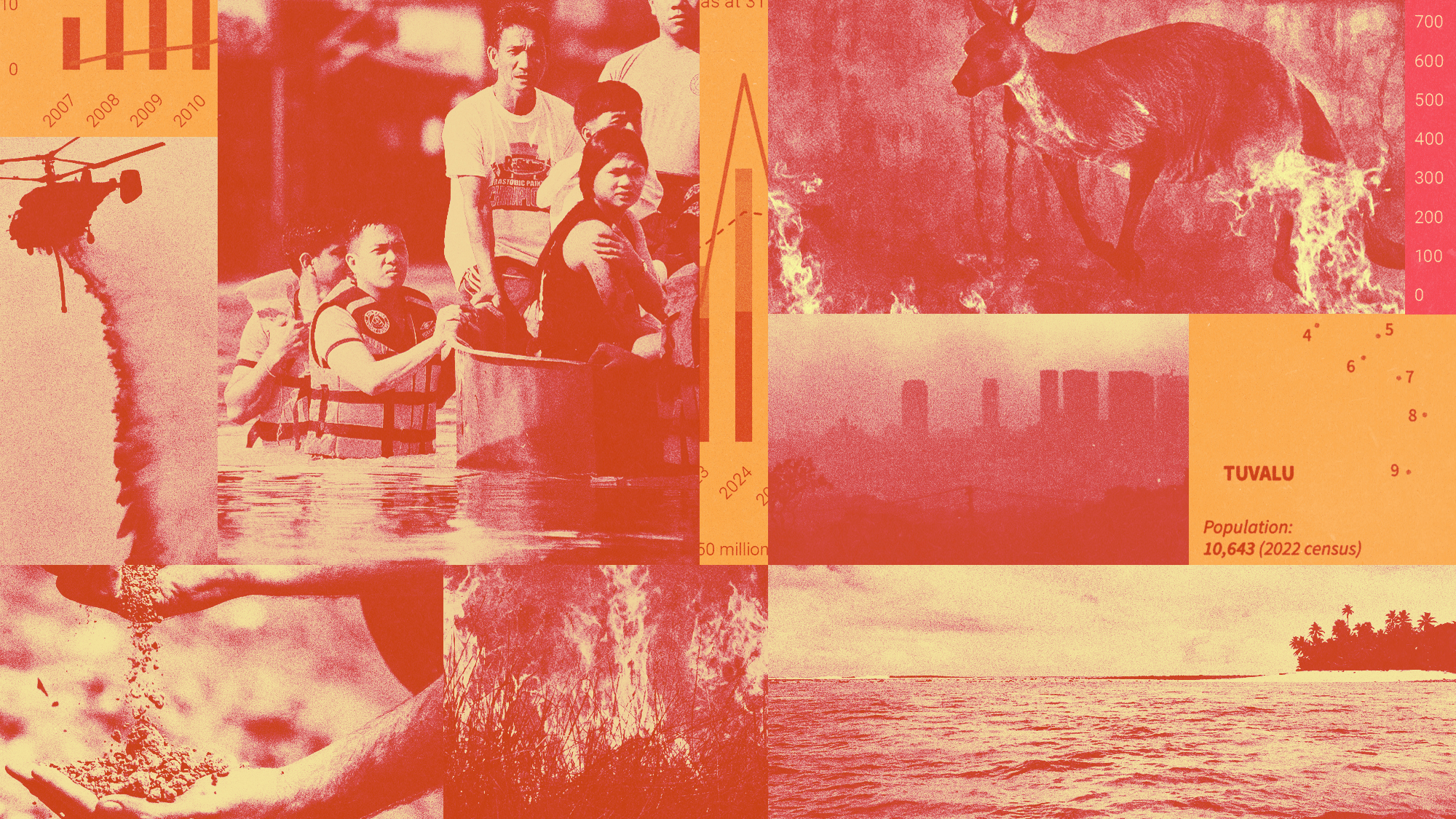 Can the world adapt to climate change?
Can the world adapt to climate change?Today's Big Question As the world gets hotter, COP30 leaders consider resilience efforts
